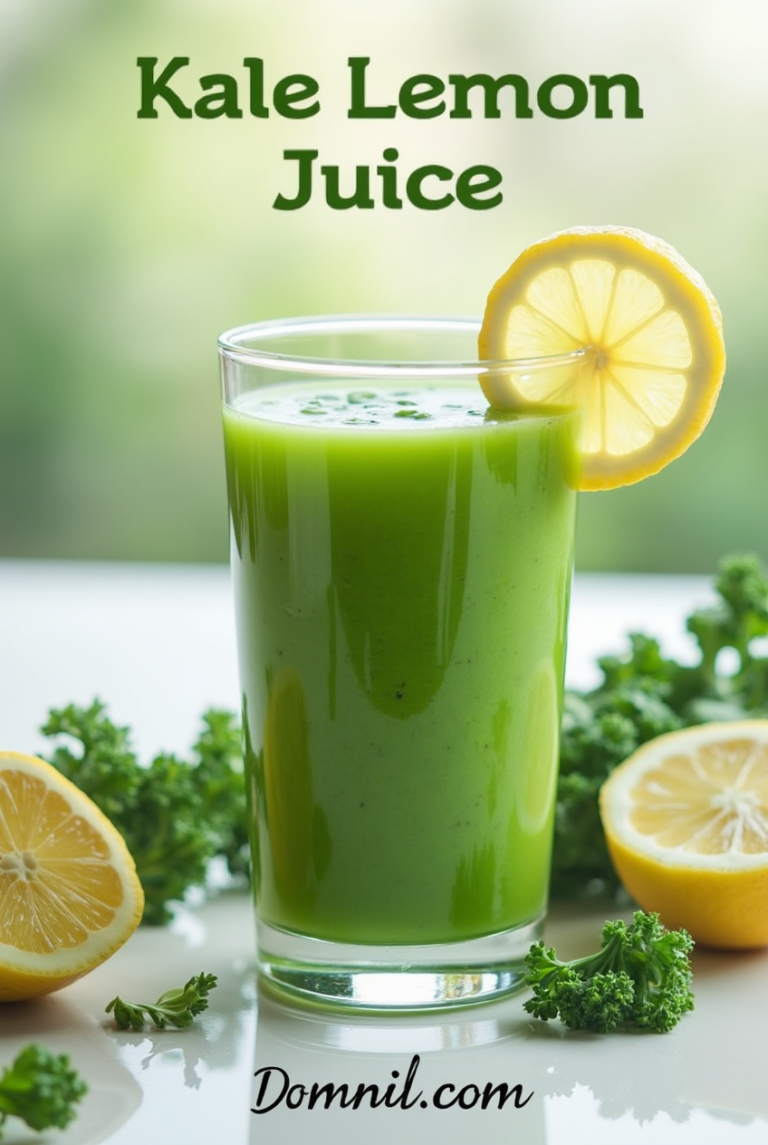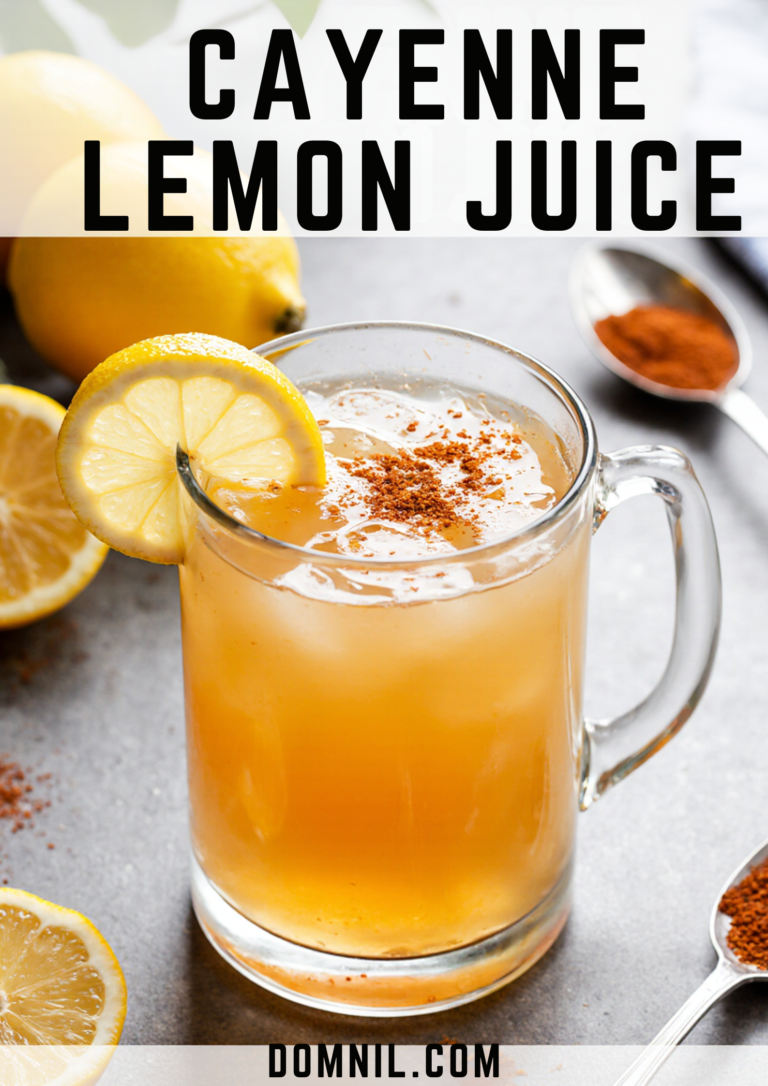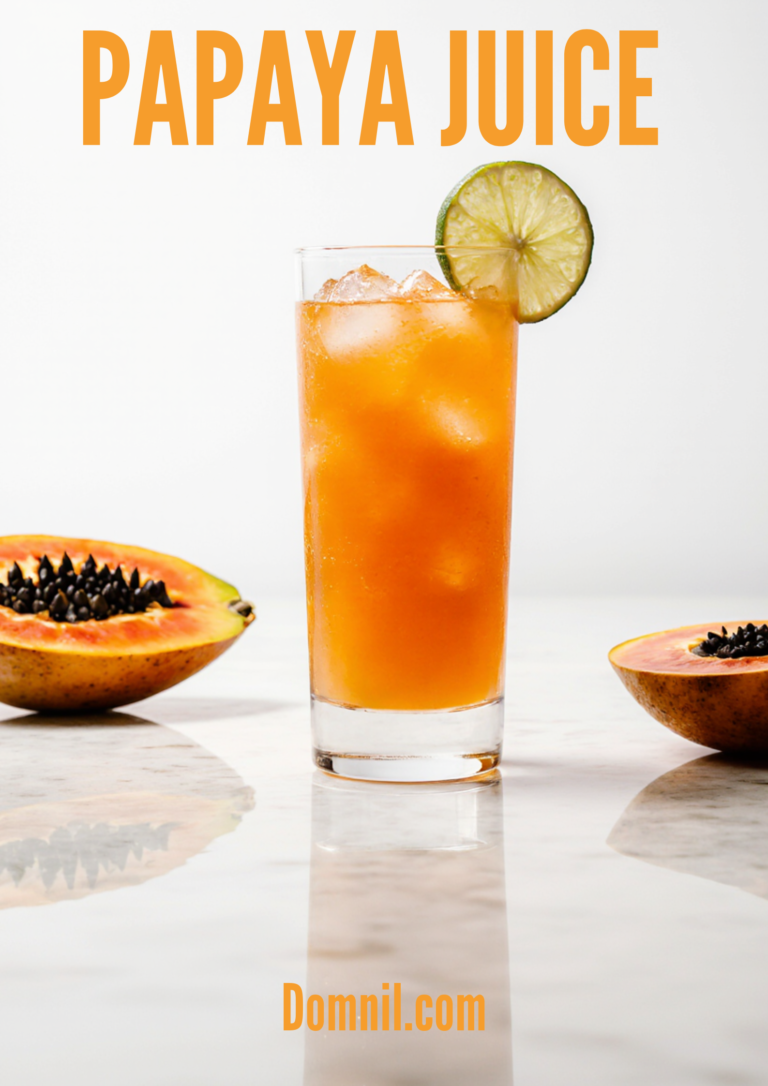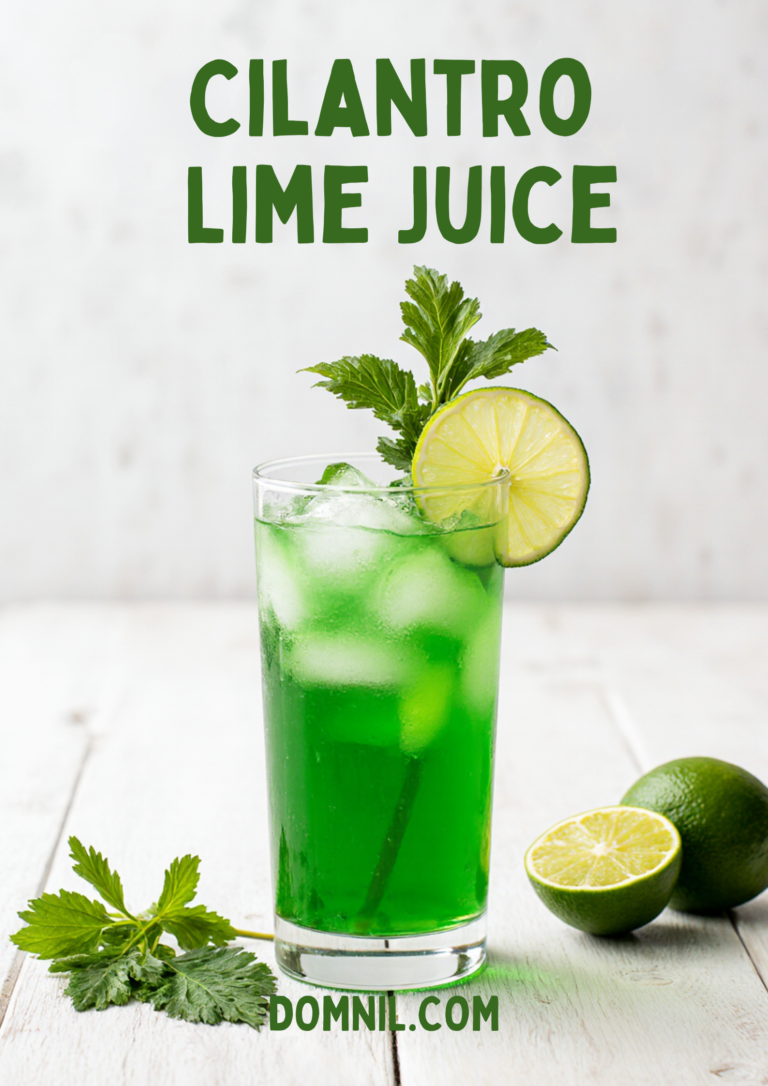How to Make Fresh Tomato Juice at Home: The Ultimate Guide
Introduction
Did you know that one glass of homemade tomato juice contains more nutrients than most store-bought versions? While many people reach for bottled tomato juice at the grocery store, making your own fresh tomato juice at home is easier than you think and offers incredible health benefits that will surprise you. This vibrant red drink isn’t just delicious – it’s packed with vitamins, antioxidants, and natural goodness that your body craves. Whether you want a refreshing morning drink, a base for cocktails, or a healthy snack, learning how to make tomato juice from scratch will change how you think about this simple yet powerful beverage.

Overview
Making fresh tomato juice is one of the most rewarding kitchen projects you can tackle. What makes this recipe special is its simplicity and the pure, clean taste you get from fresh tomatoes. Unlike store-bought versions loaded with sodium and preservatives, homemade tomato juice lets you control every ingredient.
Time Requirement: 30-45 minutes (including prep time) Difficulty Level: Beginner-friendly Yield: About 4-6 cups of fresh juice
This recipe requires minimal equipment and basic cooking skills, making it perfect for anyone who wants to start juicing at home. The best part? You can customize the flavor to match your taste preferences perfectly.
Essential Ingredients
Core Ingredients:
- Fresh tomatoes (3-4 pounds) – The star of the show. Choose ripe, juicy tomatoes for the best flavor. Roma, beefsteak, or vine-ripened tomatoes work wonderfully.
- Water (1-2 cups) – Helps with blending and achieving your desired consistency
- Salt (1/2 teaspoon) – Enhances the natural tomato flavor
- Lemon juice (2 tablespoons) – Adds brightness and helps preserve the juice
Optional Flavor Enhancers:
- Black pepper (pinch) – Adds a subtle kick
- Celery salt (1/4 teaspoon) – For a savory twist
- Fresh herbs – Basil, oregano, or parsley
- Garlic powder (1/4 teaspoon) – For depth of flavor
Substitutions and Variations:
- Tomato Types: Any fresh tomatoes work, but avoid green or unripe ones
- Salt Alternatives: Use sea salt, pink salt, or herb salt
- Acid Options: Lime juice or white vinegar can replace lemon juice
- Sweetener: Add a teaspoon of honey if your tomatoes are too tart

Step-by-Step Instructions
Step 1: Prepare Your Tomatoes
Wash your tomatoes thoroughly under cold running water. Remove any stems, bad spots, or blemishes. You don’t need to peel them – the skin adds nutrients and will be strained out later.
Pro Tip: Choose tomatoes that give slightly when pressed but aren’t mushy.
Step 2: Cut and Core
Cut each tomato into quarters. Remove the hard core area where the stem was attached. Don’t worry about removing seeds – they add flavor and nutrients.
Step 3: Cook the Tomatoes
Place chopped tomatoes in a large pot with 1 cup of water. Bring to a gentle boil, then reduce heat to medium. Let them simmer for 15-20 minutes until the tomatoes are completely soft and breaking down.
Cooking Tip: Stir occasionally to prevent sticking, and mash the tomatoes gently with a wooden spoon as they soften.
Step 4: Cool and Blend
Let the cooked tomatoes cool for 10 minutes. Transfer them to a blender or food processor. Blend until smooth – about 30-60 seconds depending on your desired texture.
Safety Note: Never blend hot liquids at full speed. Start slow and gradually increase speed.
Assembly
Step 1: Strain the Mixture
Pour the blended tomato mixture through a fine-mesh strainer or cheesecloth into a large bowl. Use a spoon to gently press the pulp, extracting as much liquid as possible.
Presentation Tip: For ultra-smooth juice, strain twice through increasingly fine strainers.
Step 2: Season and Adjust
Add salt, lemon juice, and any other seasonings to the strained juice. Taste and adjust – you might want more salt for savory flavor or more lemon for brightness.
Step 3: Final Consistency Check
If your juice is too thick, add cold water gradually until you reach your preferred consistency. If it’s too thin, you can simmer it gently for a few more minutes to concentrate the flavor.
Serving Suggestions:
- Serve chilled over ice with a celery stick garnish
- Add a splash of hot sauce for a spicy kick
- Garnish with fresh herbs like basil or parsley
- Serve in tall glasses with a lemon wedge
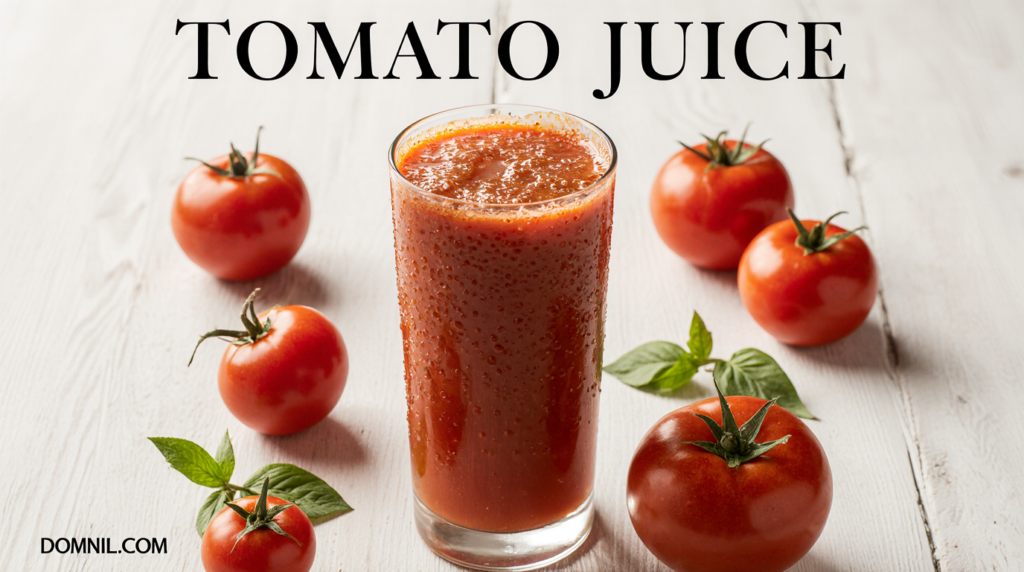
Storage and Make-Ahead Tips
Refrigerator Storage:
Fresh tomato juice stays good in the refrigerator for 3-5 days when stored in airtight glass containers. Always store in the coldest part of your fridge.
Freezing Options:
You can freeze tomato juice for up to 6 months. Pour into ice cube trays for easy portion control, or use freezer-safe containers leaving 1 inch of space for expansion.
Make-Ahead Tips:
- Prepare tomatoes the night before and store chopped pieces in the refrigerator
- Make a large batch and portion into smaller containers
- Pre-season your juice and store in mason jars for grab-and-go convenience
Reheating and Serving:
Always shake or stir before serving, as natural separation is normal. If frozen, thaw in the refrigerator overnight and stir well before drinking.
Recipe Variations
Spicy Tomato Juice
Add 1-2 jalapeño peppers during the cooking process, or include a few dashes of hot sauce to the finished juice.
Herbed Tomato Juice
Blend in fresh basil, oregano, or thyme leaves for an aromatic twist. Start with 1 tablespoon of fresh herbs.
Green Tomato Juice
Use green tomatoes for a tangy, unique flavor. Add a bit more lemon juice and a touch of honey to balance the tartness.
Vegetable Medley Juice
Include celery, carrots, or bell peppers during the cooking process for a more complex vegetable juice blend.
Cocktail-Ready Version
Add a pinch of celery salt, Worcestershire sauce, and black pepper to create the perfect base for Bloody Marys.
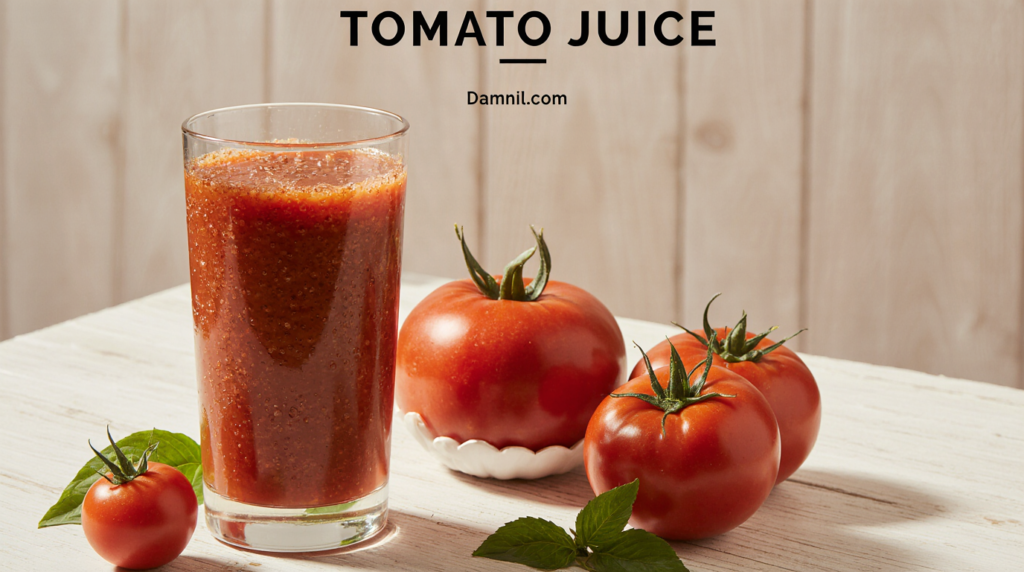
Conclusion
Making your own tomato juice at home is incredibly rewarding and surprisingly simple. You now have all the tools and knowledge to create fresh, healthy, and delicious tomato juice that beats any store-bought version. Don’t be afraid to experiment with different tomato varieties and seasonings to find your perfect blend. The beauty of homemade tomato juice lies in its versatility – use it as a refreshing drink, cooking ingredient, or cocktail base. Start with this basic recipe and let your creativity guide you to discover new flavor combinations that your family will love.
Frequently Asked Questions
Q: Can I use canned tomatoes instead of fresh?
A: Yes, you can use high-quality canned tomatoes. Use about 2 cans (28 oz each) of whole tomatoes, but reduce the cooking time since they’re already soft.
Q: How do I know if my tomatoes are ripe enough?
A: Perfect tomatoes should give slightly when pressed, have vibrant color, and smell sweet at the stem end. Avoid tomatoes with dark spots or wrinkled skin.
Q: What are the health benefits of homemade tomato juice?
A: Fresh tomato juice is rich in lycopene, vitamin C, potassium, and antioxidants. It supports heart health, may help reduce inflammation, and provides essential nutrients without added preservatives.
Q: Can I make tomato juice without cooking the tomatoes?
A: Yes, you can blend raw tomatoes and strain them, but cooking helps break down the cell walls and creates a smoother, more flavorful juice.
Q: Why does my homemade tomato juice separate?
A: Natural separation is normal and healthy. Simply stir or shake before drinking. The separation occurs because homemade juice doesn’t contain stabilizers like commercial versions.
Q: How can I reduce the acidity in my tomato juice?
A: Add a small pinch of baking soda during cooking, or include naturally sweet vegetables like carrots. You can also choose low-acid tomato varieties.
Q: Is it safe to can homemade tomato juice?
A: Yes, but you must follow proper canning procedures and add acid (lemon juice or citric acid) to ensure safety. Consult current canning guidelines for specific instructions.





